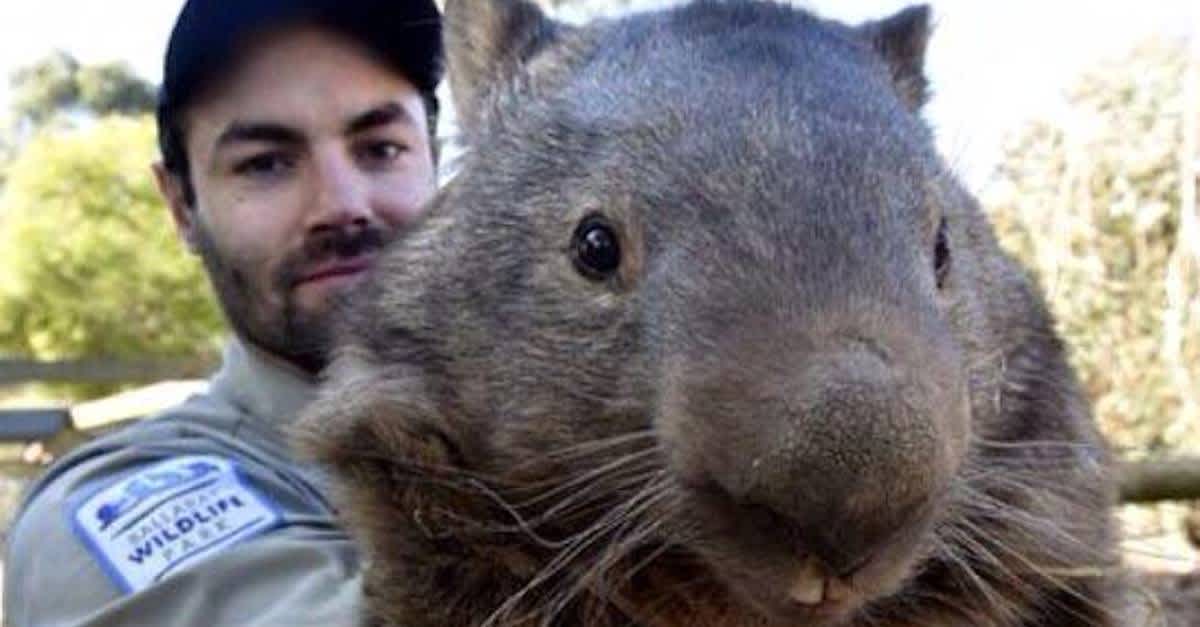In the intricate tapestry of the natural world, where evolutionary pressures sculpt organisms in remarkable ways, the study of animals with the largest testes offers a lens through which to examine reproductive strategies, sexual selection, and even cultural perspectives on masculinity and vitality. These biological structures, often overshadowed by more illustrious anatomical features, serve crucial roles in species propagation, and their size can be astonishingly consequential. Herein lies an exploration of these remarkable creatures, utilizing cultural relativism to appreciate what their characteristics may symbolize across various human contexts.
The primary motive behind the evolution of large testes is simple yet profound: reproductive success. In species where female promiscuity reigns, males benefit from producing copious amounts of sperm to outcompete rival males. The challenge of securing paternity in a competitive breeding environment translates into evolutionary pressure favoring larger testes. For instance, the common chimpanzee exemplifies this dynamic; their testes are notably large compared to their body size, accommodating the need for higher sperm production to increase the likelihood of fertilization. This tangible embodiment of evolutionary strategy is but a small fragment of a larger narrative surrounding this fantastic dimension of natural history.
In the animal kingdom, the records for largest testes per body weight are claimed predominantly by species with complex mating systems. Take the New World monkey known as the *spider monkey*: these primates possess testicles that can weigh as much as 10% of their body weight, a staggering proportion that underscores their evolutionary adaptation. From a cultural perspective, the sheer enormity of such features evokes questions about societal values attached to size, competition, and virility. In many human cultures, traditionally, larger male features correlate with dominant masculinity. Contrastingly, the spider monkey’s adaptations are rarefied within its ecological framework, differing significantly from human norms yet poignantly illustrating how nature’s designs transcend simplistic corporeal interpretations.
Consider the *Kea*, a mountain parrot from New Zealand whose reproductive strategies highlight the fascinating intersection of intelligence and anatomy. Although not the largest in absolute terms, their testes size reflects their unique mating behavior, displaying sophisticated social interactions that shape their reproductive success. The cultural implications of their behaviors prompt reflections on human parallels in social structures. Do big personalities equate to substantial reproductive success? The Kea illustrates how intelligence, social bonds, and cooperation can bear fruit in the evolutionary arena, challenging simplistic notions that size alone reigns supreme.
Yet, not all creatures employ the same strategies. The *red kangaroo*, with its comparatively smaller testes size, offers a counterpoint. Its adaptation to a challenging desert environment necessitates strategies that differ profoundly from species with larger reproductive organs. Here is where cultural relativism becomes essential in interpretation. The kangaroo’s lesser prominence of testes highlights an avenue of adaptability rich with its cultural symbolisms. Many Indigenous Australian narratives revere the strength and resilience of the kangaroo, qualities that transcended mere physical attributes in crafting cultural identity.
Now, let us turn to one of the most notable inhabitants of the ocean: the *sperm whale*. Despite being one of the largest animals on Earth, the size of male sperm whale testes appears modest in comparison. This paradox induces a more intricate dialogue regarding the adaptive significance of their reproductive strategy. Sperm whales engage in alternative mating systems reflecting a high degree of parental investment (not solely in physical size but in behavioral traits). The emotional and social complexities they exhibit challenge the notion that size is the sole determinant of reproductive success. In many cultures, narratives of paternal investment, emotional depth, and familial bonds echo through the ages, yielding a vibrant tapestry that embraces multifaceted definitions of success.
Through these examples, a compelling discourse on behavioral ecology and cultural symbolism emerges. The conspicuously enormous testes of certain species provide a means to examine natural selection, while symbolically, they prompt reflections on human variances in defining masculinity and worth. The innate allure of size, be it corporeal or metaphorical, presents a dualism where biology intersects with culture. In diverse societies across the globe, the notion of procreational success and virility manifests in both paraverbal and visual forms, impacting art, storytelling, and even social mores.
In conclusion, the examination of testes size among various animal species unveils intricate relationships between evolutionary adaptations and cultural narratives. Recognizing the profound significance these anatomical features hold within species contexts illuminates the broader intersections of biology and culture. As anthropologists explore these dimensions, the dynamic dance between nature’s record holders and our societal constructs endures, asking us to continually reassess our definitions of success and the attributes that lead to it. This negotiation between the instinctual and the ideological reflects our innate curiosity about the interwoven narrative of life in its most diverse forms.
